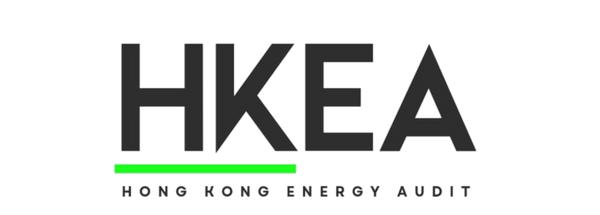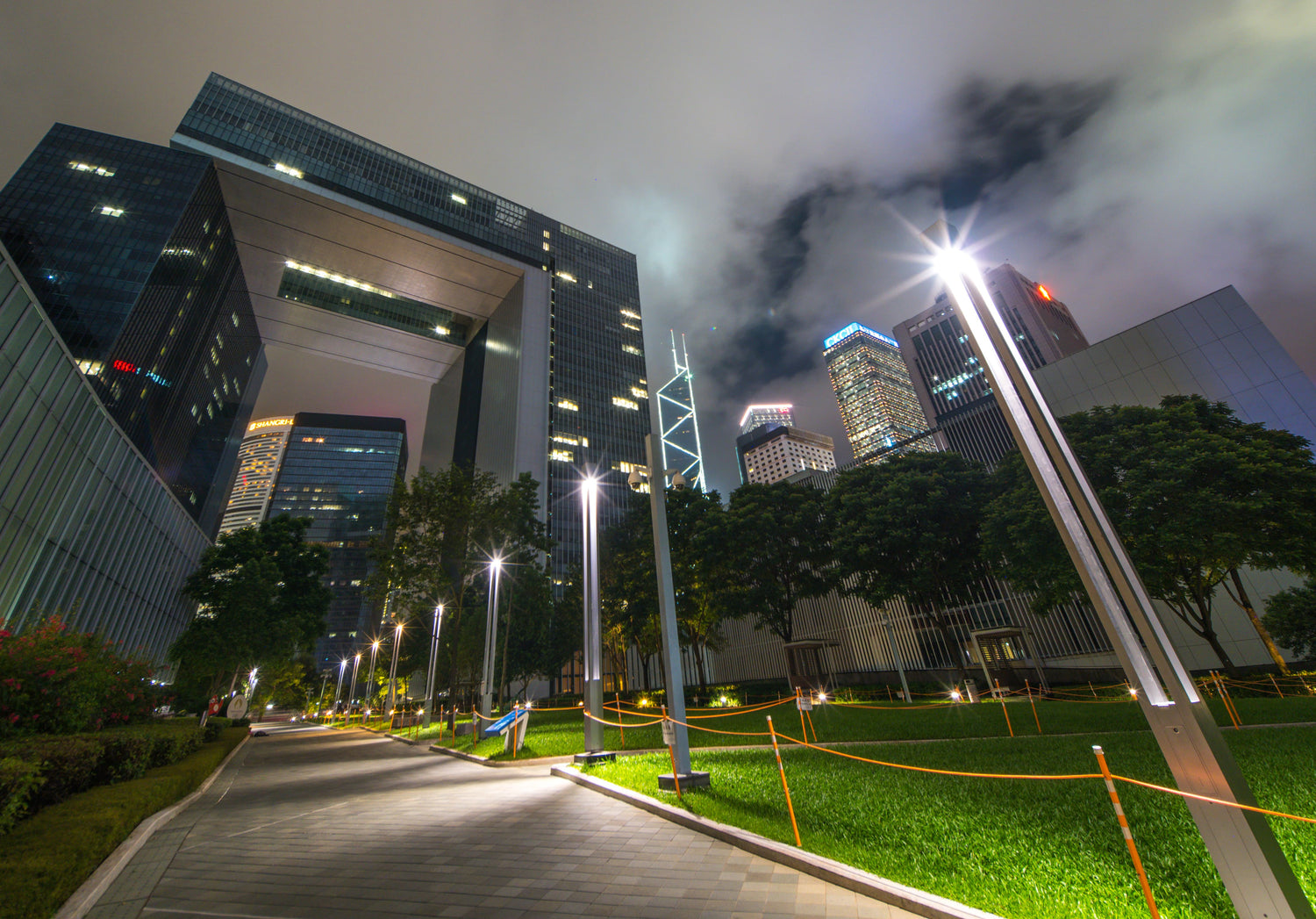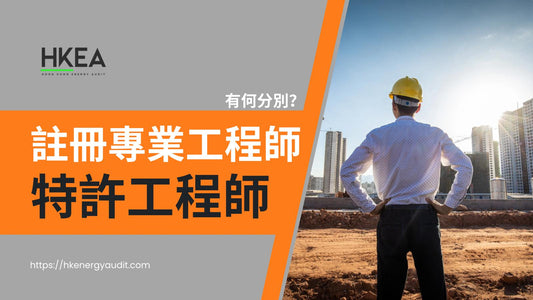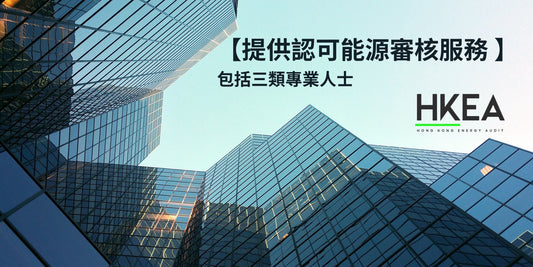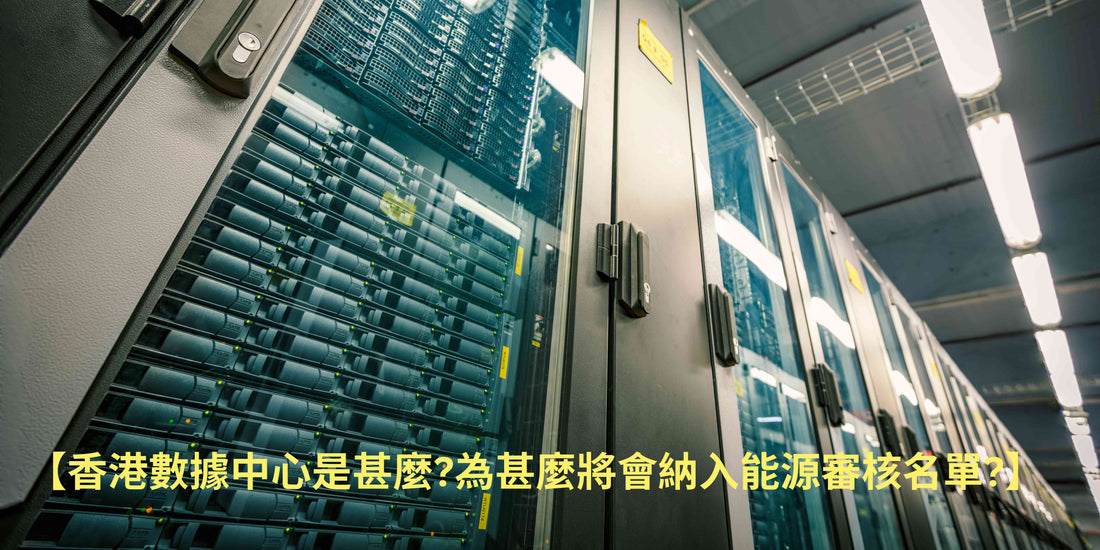
[What is the Hong Kong Data Center? Why will it be included in the energy audit list?]
Share
Definition and Strategic Positioning of Hong Kong Data Center
In the revision of the energy audit, the Hong Kong government proposed to include data centers in the energy audit list. As the second largest data center market in Asia (DTZ 2023 report), Hong Kong's data centers refer to high-density information infrastructure located in the New Territories, Kwai Chung, Tseung Kwan O and other areas. Through huge server clusters and network equipment, data storage, processing and transmission are achieved. These facilities often meet international standards above Tier III. For example, China Unicom's Tseung Kwan O Smart Cloud Data Center not only complies with the Uptime Tier III design, but also relies on dual independent mains power and 13 PoP nodes to become a "digital conversion station" connecting more than 60 countries and regions. From the perspective of spatial distribution, Hong Kong's data centers present the characteristics of "core hub + professional cluster". For example, industrial buildings in Wong Chuk Hang and Kwai Chung have been transformed into high-density computer rooms serving financial institutions (such as the BDX data center serving customers such as the Hong Kong Stock Exchange); Tseung Kwan O Science Park, due to its advantages as a submarine cable landing station, brings together super-large facilities such as China Unicom and New World Telecom. Among them, New World Telecom's computer room has become a "dual-line" hub for data transmission between South China and North China with 15 years of experience as a network operator. This layout relies on Hong Kong's 99.995% power grid reliability (data from CLP Holdings) and is closely linked to its strategic positioning as the "Digital Gateway of the Guangdong-Hong Kong-Macao Greater Bay Area".

Data Center's Multiple Functions and Energy Dependence
The functional system of the Hong Kong data center can be broken down into a three-layer architecture:
1. Financial data processing core
Real-time trading systems serving institutions such as the Hong Kong Stock Exchange and multinational banks, such as the BDX data center, provide low-latency data transmission for financial customers. Its cabinet power configuration is as high as 2200VA/rack, ensuring millisecond-level response for foreign exchange and stock transactions. This high reliability requirement is directly reflected in energy consumption. To maintain a constant temperature and humidity environment, New World Telecom's computer room is equipped with Italian Hiross water-cooled air conditioners, with a cooling capacity of more than 600 kcal per square meter, accounting for more than 40% of its total energy consumption.
2. Cloud services and computing power centers
As the Asia-Pacific node of companies such as Tencent and Alibaba, the Hong Kong data center carries regional cloud computing tasks. Taking China Mobile International's Global Network Center as an example, its 200,000 servers consume 120 million kWh of electricity annually. Even with the use of an AI intelligent energy efficiency platform, it still needs to rely on 1600kW×2 diesel generator sets as a backup power source. It is worth noting that with the surge in demand for AI computing power, the liquid immersion cooling system introduced by the Hong Kong University of Science and Technology in 2025 has reduced the PUE to below 1.1, but the average PUE of the data center industry in Hong Kong is still 1.55, which means that for every 1kW of IT equipment running, there is 0.55kW of cooling and power consumption.
3. Regional interconnection key nodes
With 12 submarine cable systems (Cushman & Wakefield data), Hong Kong data centers have become "converters" between the mainland and international networks. For example, China Unicom's Smart Cloud Data Center is connected to the mainland through 6 cross-border networks. Its "computing, network and security integration" model not only supports cross-regional data interaction of enterprises, but also becomes a "peak load" for electricity consumption due to high-density computing power requirements. According to EU JRC statistics, carbon emissions from the ICT industry, including data centers, account for 2% of the world's total, and the annual emissions of Hong Kong's five listed ICT companies are as high as 87 million tons, which is 2.5 times the total local emissions.
Policy drive: Incorporating the triple logic of energy audits
The government is pushing for data centers to be included in energy audits, essentially to address the contradiction between "digitalization and low carbonization":
The urgency of energy consumption
Existing data shows that Hong Kong's data center industry is expanding at a compound annual growth rate of 13.25% (Mordor Intelligence forecast), and the annual power consumption of every 10,000 square meters of computer room is equivalent to the total electricity consumption of 30,000 households. According to CLP Holdings' 2024 performance report, it is planning to upgrade the power grid in the northern metropolitan area to meet the "kilowatt-level" power demand of the AI supercomputing center. If this demand is not reviewed, it may impact Hong Kong's goal of "60%-70% of zero-carbon energy" by 2035.
Mandatory carbon neutrality targets
The Hong Kong Climate Action Plan 2050 explicitly requires that carbon emissions be halved by 2035 compared to 2005, and data centers are "high energy-consuming buildings" and currently only use 5% renewable energy (CWR report). The Hong Kong Green Building Council therefore recommends amending the Building Energy Efficiency Ordinance to require data centers to conduct energy audits every 5 years (the current cycle is 10 years) and disclose key data such as PUE values, which is consistent with the experience of the UK Virgin Media data center, which achieved a 40% reduction in energy consumption through audits.
Guidance for industry upgrading
The energy audit mechanism is not simply a restriction, but is also intended to promote technological innovation. For example, the liquid immersion cooling technology of the Hong Kong University of Science and Technology not only reduces annual carbon emissions by 900 tons, but also guides the industry from "passive energy saving" to "active design" through the demonstration effect of "reducing cooling energy consumption by 80%".
Current status of carbon emissions: efficiency gap and structural contradictions
The carbon emission problem of Hong Kong data centers presents the dual challenges of "technological gap" and "growth pressure":
Differentiation of energy efficiency levels
Leading projects such as China Unicom's Smart Cloud Data Center have received LEED Gold certification, and its DCOM intelligent operation and maintenance system has achieved 100% facility availability; however, the industry as a whole is still in the "extensive stage", with traditional air cooling systems accounting for more than 70%, resulting in cooling energy consumption accounting for 40% of total energy consumption (EU JRC standard). In contrast, the PUE of a computer room using liquid immersion technology can be as low as 1.1, which is equivalent to an annual carbon reduction of 4,260 tons for every 1 million users served (China Mobile International Data).
Constraints of energy structure
Although the proportion of coal-fired power in Hong Kong's power structure has dropped from 50% in 2005 to 10% in 2025, data centers, as "power-intensive" facilities, still have a carbon emission coefficient of 0.56kgCO₂/kWh (data from Hong Kong Power Company). Based on the annual emissions of 87 million tons of five ICT companies, if all green electricity is used, 20 million kilowatts of wind power will be required, equivalent to the installed capacity of four Daya Bay nuclear power plants. With the construction of the “Northern Metropolitan Area” and the “Digital Silk Road”, the scale of Hong Kong’s data centers is expected to reach US$5.65 billion by 2030 (Mordor Intelligence). If audits are not strengthened by then, its carbon emissions may exceed those of the transportation industry (which currently accounts for 20% of Hong Kong’s carbon emissions).
HK Energy Audit Energy Audit Service
The transformation path from " energy audit " to "green computing power"

Including data centers in energy audits is essentially promoting their transformation from "high-energy-consuming facilities" to "sustainable infrastructure", allowing data centers to become active practitioners of the "carbon neutrality" goal while supporting "smart cities" rather than drivers of carbon emission growth. You can contact us to inquire about the HK Energy Audit energy audit service. The service is provided by a Hong Kong Registered Energy Efficiency Assessor, who can provide you with compliant energy audits while also saving you electricity bills .
